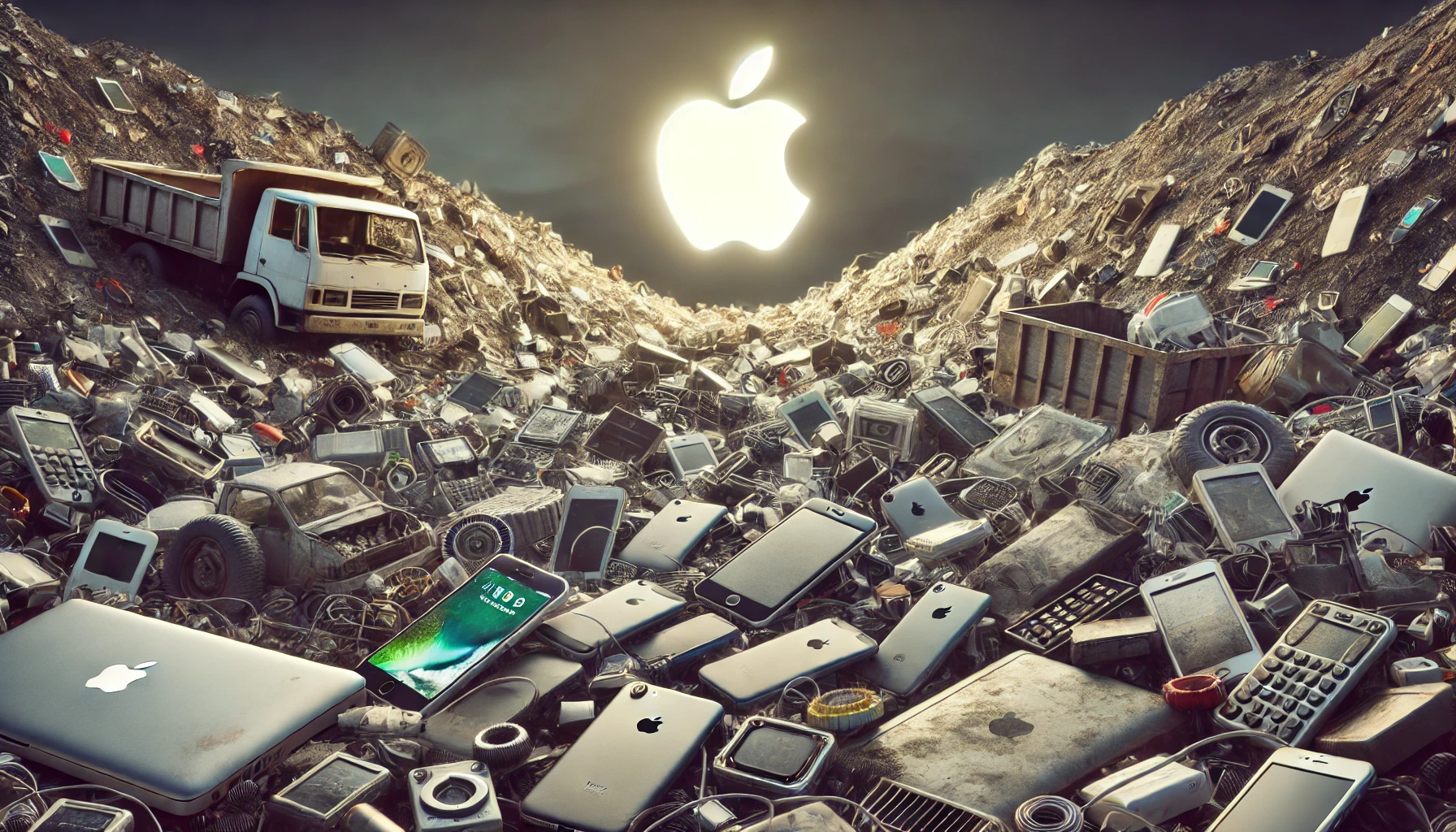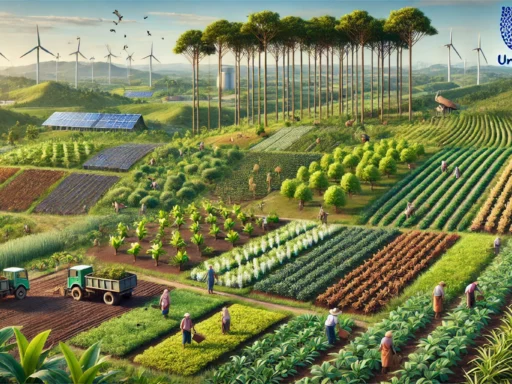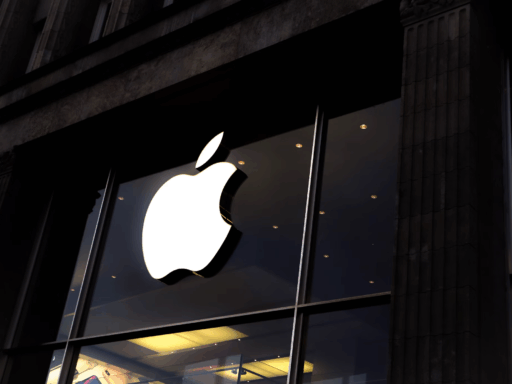Apple has made an ambitious commitment to achieving carbon neutrality by 2030 across its entire business operations, supply chain, and product lifecycle. The company is focusing on significantly reducing its carbon footprint through a combination of technological innovation, sustainable design, and deep collaboration with its suppliers and partners. Below is a detailed, in-depth look at Apple’s 2030 carbon neutrality roadmap, including measurable statistics, strategies, and key areas of focus.
Net Zero Emissions by 2030
Apple’s most significant target is to achieve net-zero carbon emissions by 2030 across all its operations, product life cycles, and global supply chain. The goal encompasses three main areas: the company’s direct operations, its manufacturing supply chain, and the use and end-of-life of its products.
- Key Areas of Focus:
- Renewable energy use: Apple has already transitioned all of its corporate facilities, including retail stores, data centers, and offices, to 100% renewable energy. The next step is extending this to its entire supply chain.
- Carbon offsets: For emissions that are difficult to eliminate, such as those from some suppliers and product usage, Apple plans to invest in carbon removal technologies like reforestation and soil carbon sequestration.
- Circular economy: Apple has committed to designing for longevity and maximizing the reuse of materials in its products, aiming for 100% recycled materials in all new products by 2030.
Supply Chain and Materials Innovation
Apple’s supply chain is one of the largest contributors to its carbon footprint. To address this, the company is collaborating with its suppliers to drive large-scale emissions reductions, using both technological and material innovations.
- Supply Chain Carbon Reductions:
- Apple’s Clean Energy Program has helped over 200 suppliers transition to renewable energy, collectively reducing more than 25 million metric tons of carbon emissions annually (a 13% reduction in supply chain emissions in 2022 alone).
- The company is focusing on transforming supply chain processes by developing energy-efficient technologies for its manufacturing partners.
- Material Innovation:
- Apple has pioneered the use of recycled aluminum in its products. In 2022, the company used 100% recycled aluminum in the enclosures of certain product lines like the MacBook Air and Mac mini, which significantly reduces the need for virgin aluminum and its associated carbon emissions.
- Apple also utilizes recycled rare earth elements, critical for the production of components like magnets, and recycled tungsten for the production of mobile phones, further lowering the carbon footprint of its devices.
Energy Transition and Renewables
Apple is committed to transforming its energy footprint, both within its operations and its supply chain.
- Renewable Energy Adoption:
- Apple’s global operations (corporate offices, data centers, and retail stores) are powered by 100% renewable energy. As of 2023, more than 70% of Apple’s global supply chain was also powered by renewable energy. This is a direct result of the company’s Clean Energy Program, which aims to bring all of its suppliers onto renewable energy.
- Apple continues to push for the adoption of renewable energy throughout its supply chain by offering technical assistance and financial incentives to its suppliers to help them make the transition.
- Energy Efficiency:
- Apple is actively working to reduce the energy consumption of its products and operations. By upgrading products for energy efficiency and implementing best practices in manufacturing, Apple has reduced product energy consumption by more than 70% since 2008.
Carbon Removal and Offsetting
Recognizing that some emissions will be difficult to eliminate entirely, Apple plans to offset residual emissions with carbon removal technologies and sustainable agricultural practices. This includes a focus on reforestation, soil carbon sequestration, and other nature-based solutions.
- Apple has invested in reforestation projects in the United States, South America, and Asia, aiming to restore degraded lands and sequester carbon over time.
- The company has also committed to funding agricultural projects that focus on improving soil health and carbon capture, such as regenerative farming practices that enhance soil’s ability to store carbon.
Product Lifecycle Management: Circularity
Apple has made strides in closing the loop on its products by emphasizing recyclability and product reuse. The company’s circular economy efforts are focused on reducing waste, reusing materials, and maximizing the lifespan of its products.
- Recycling Innovations:
- Apple has developed advanced recycling robots like Daisy, which can disassemble 200 iPhones per hour to recover valuable materials like rare earth metals, cobalt, and aluminum.
- In 2022, Apple recycled over 16,000 metric tons of materials, including rare earth elements and cobalt, which is a key contributor to reducing the need for mining and its environmental impact.
- Design for Longevity:
- Apple is focusing on creating products that are designed to last longer and can be repaired and upgraded rather than replaced. The company’s iPhone battery health program allows users to maintain product functionality and prolong device lifespans.
- Through its Apple Trade In program, customers can exchange old devices for credit toward new ones, ensuring the materials from older products are recycled or reused effectively.
Measurable Impacts
Apple’s commitment to sustainability has already resulted in notable reductions in carbon emissions and other environmental impacts, with measurable data showing substantial progress:
- Carbon Emissions: Since 2015, Apple has reduced its overall carbon footprint by 40% while growing its business. In 2022 alone, Apple’s total carbon emissions were reduced by 4.3 million metric tons, primarily through operational efficiency and cleaner energy practices.
- Energy Use: As of 2023, 100% of Apple’s facilities are powered by renewable energy, and the company aims to extend this renewable energy transition to its entire supply chain by 2030.
- Supply Chain Reductions: Apple has helped its suppliers save more than 25 million metric tons of CO2 annually through the Clean Energy Program, which represents a 13% reduction in supply chain emissions year over year.
Challenges and Areas for Improvement
Despite its impressive sustainability efforts, Apple faces challenges, especially concerning Scope 3 emissions, which account for the vast majority of its carbon footprint. These emissions arise from its supply chain, logistics, and the use of its products by consumers.
- Scope 3 Emissions: Apple’s Scope 3 emissions represent around 70% of its total carbon footprint. Tackling this challenge requires deep collaboration with suppliers and better carbon tracking and measurement across the entire value chain.
- Plastic Waste: While Apple has made strides in reducing plastic in its packaging (with plastic-free packaging introduced in many product lines), plastic waste remains a persistent issue, particularly in the packaging of certain components or accessories.
Future Plans and Long-Term Goals
Apple’s long-term vision extends beyond 2030, focusing on creating an even more circular economy, scaling up regenerative agriculture, and advancing the use of carbon removal technologies.
- 2030 Benchmarks: By 2030, Apple plans to achieve 100% recycled or renewable materials in all its products and packaging and extend carbon neutrality to every aspect of its operations, from materials sourcing to product end-of-life.
- Supply Chain Decarbonization: The company’s long-term goal is to continue driving emissions reductions across its supply chain, with a particular focus on low-carbon manufacturing processes.
Comparison to Competitors
Apple’s sustainability efforts are more ambitious than those of many competitors in the tech space, such as Microsoft and Google. Both companies have similar renewable energy and carbon-neutrality targets, but Apple stands out with its emphasis on product recyclability and innovative recycling technologies, like the Daisy robot, which has given it a competitive edge in circular product design.
- Microsoft has also committed to carbon neutrality by 2030, with a focus on carbon removal. However, it does not yet match Apple’s scale in product lifecycle management.
- Google has a net-zero goal by 2030 as well, but Apple’s direct engagement with suppliers to reduce carbon emissions in real-time gives it an edge in terms of supply chain sustainability.
Apple’s environmental responsibility efforts can be found in its Environmental Progress Report at https://www.apple.com/environment/






